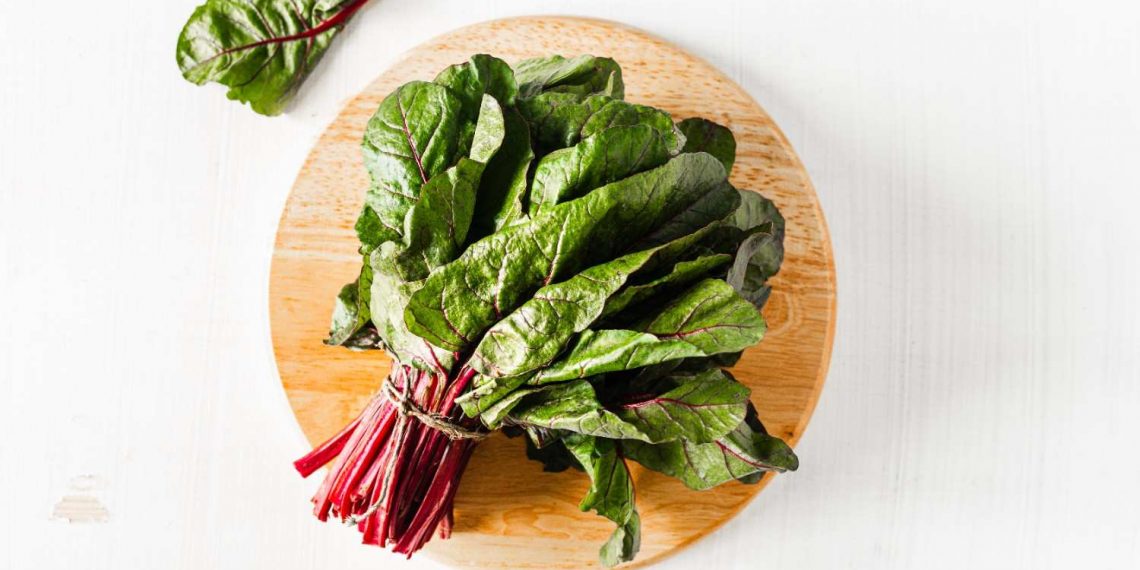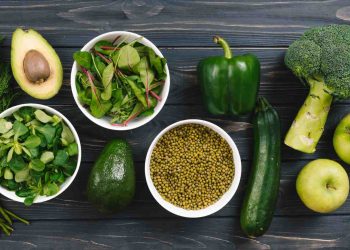Did you know that nearly half of all adults in the U.S. have high blood pressure? That’s a staggering statistic. But here’s some good news: your plate could be your best ally in managing your blood pressure. Yes, the humble leafy green! These vibrant veggies are not only packed with nutrients but can also work wonders for your heart health. So, let’s dig into five leafy greens that can help lower blood pressure quickly, and we’ll sprinkle in some tips and tricks along the way.
Contents
1. Spinach: The Popeye Powerhouse
Spinach is often hailed as a superfood, and for good reason. This leafy green is rich in potassium, which is crucial for heart health. Potassium helps balance sodium levels in the body; too much sodium can elevate blood pressure. Just one cup of cooked spinach contains about 840 mg of potassium.
Benefits:
- Nutrient-Dense: Besides potassium, spinach is loaded with vitamins A, C, and K, along with iron and magnesium.
- Low in Calories: This makes it an excellent addition to any meal without contributing to weight gain.
How to Use It:
You can toss spinach into salads, blend it into smoothies, or sauté it with garlic for a delicious side dish. I personally love adding a handful of fresh spinach to my morning smoothie. It blends right in without altering the flavor too much, but it packs a nutrient punch!
Caveats:
While spinach is amazing, it also contains oxalates, which can interfere with calcium absorption. If you have kidney issues, consult your doctor about your spinach intake.
2. Kale: The Trendy Green
Kale has become somewhat of a celebrity in the health world. This leafy green is not just a pretty face; it’s a nutritional powerhouse. Kale is high in nitrates, which have been shown to help lower blood pressure by improving blood flow and reducing arterial stiffness.
Benefits:
- Rich in Antioxidants: Kale is loaded with antioxidants, including quercetin and kaempferol, which can help combat inflammation.
- Versatile: You can use kale in salads, smoothies, or even bake it into crispy chips.
How to Use It:
I recommend massaging raw kale with a bit of olive oil and lemon juice to soften it up before adding it to salads. It makes the texture much more palatable!
Caveats:
Kale can be tough and bitter if not prepared properly. Ensure you chew it well or cook it slightly to make it easier to digest.
3. Swiss Chard: The Colorful Choice
Swiss chard is often overshadowed by its more popular counterparts, but this leafy green deserves a spot in the spotlight. It’s rich in both potassium and magnesium, both of which can help lower blood pressure.
Benefits:
- Vibrant Nutrients: Swiss chard contains betalains, which are powerful antioxidants that can help reduce oxidative stress in the body.
- Supports Bone Health: With a high vitamin K content, it’s great for maintaining bone health.
How to Use It:
You can sauté Swiss chard with garlic and olive oil or chop it into salads for a pop of color. I’ve found that adding it to soups gives a lovely flavor and texture.
Caveats:
Like spinach, Swiss chard also contains oxalates. Moderation is key, especially if you have a history of kidney stones.
4. Beet Greens: The Unsung Hero
Most people toss beet greens without a second thought, but these greens are packed with nutrients and can significantly help in lowering blood pressure. They are rich in nitrates, similar to kale, which can enhance blood flow.
Benefits:
- Rich in Vitamins: Beet greens are high in vitamins A, C, and K, and they also contain calcium and iron.
- Earthy Flavor: They have a unique flavor that can add depth to various dishes.
How to Use It:
Try sautéing beet greens with a bit of olive oil and garlic, or add them to smoothies for an earthy twist. I often chop them up and throw them into a stir-fry for added nutrition!
Caveats:
Beet greens can be slightly bitter, so balancing them with sweeter ingredients can enhance the flavor.
5. Arugula: The Peppery Green
Arugula, also known as rocket, has a distinctive peppery flavor and is another fantastic option for those looking to lower their blood pressure. It’s rich in nitrates and antioxidants, making it a heart-friendly choice.
Benefits:
- Low in Calories: Arugula is low in calories while still being nutrient-dense.
- Supports Weight Management: Its unique flavor makes it an excellent addition to salads, which can help you feel fuller without consuming too many calories.
How to Use It:
Arugula can be used in salads, as a topping for pizzas, or blended into pestos. I love mixing arugula with citrus fruits for a refreshing salad that not only tastes great but helps with blood pressure too!
Caveats:
Arugula can be quite peppery, so it might not appeal to everyone. Mixing it with milder greens can help balance the flavor.
FAQs
1. How do leafy greens lower blood pressure?
Leafy greens are high in potassium and nitrates, which help balance sodium levels and improve blood flow, respectively.
2. Can I eat these greens raw?
Yes, many of these greens can be eaten raw, but cooking can enhance their nutrient absorption and improve digestibility.
3. How quickly can I see results?
While individual results vary, incorporating leafy greens into your diet regularly can help lower blood pressure over several weeks.
4. Are there any side effects?
Some leafy greens contain oxalates, which can affect calcium absorption or contribute to kidney stones in sensitive individuals. Moderation is key.
Conclusion
Incorporating these leafy greens into your diet can be a delicious and effective way to manage blood pressure. Whether you’re tossing them in a salad, blending them into a smoothie, or sautéing them as a side dish, the possibilities are endless. Remember, though, that while these greens can help, they should be part of a comprehensive approach to health that includes a balanced diet, regular exercise, and consultations with healthcare providers.
Let’s be real: changing your diet can feel overwhelming, but small steps can lead to big changes. So, why not start with a leafy green or two this week? Your heart will thank you!
This article is for educational purposes only and is not a substitute for professional medical advice. Always consult a qualified healthcare provider before making changes to your health routine.
References
- Mirmiran, P., & Azizi, F. (2018). Effect of dietary potassium on blood pressure: a systematic review and meta-analysis. American Journal of Hypertension. https://doi.org/10.1093/ajh/hpy005
- Katan, M. B., & van der Knaap, H. C. (2015). Dietary Nitrate and Blood Pressure: A Systematic Review and Meta-Analysis. Journal of Hypertension. https://doi.org/10.1097/HJH.0000000000000523
- Mayo Clinic. (2022). High blood pressure (hypertension). Retrieved from https://www.mayoclinic.org/diseases-conditions/high-blood-pressure/symptoms-causes/syc-20306552
- National Institutes of Health. (2021). Potassium fact sheet for health professionals. Retrieved from https://ods.od.nih.gov/factsheets/Potassium-HealthProfessional/
Feel free to explore these resources for more information on managing blood pressure through diet!
Get Your FREE Natural Health Guide!
Subscribe now and receive our exclusive ebook packed with natural health tips, practical wellness advice, and easy lifestyle changes — delivered straight to your inbox.














